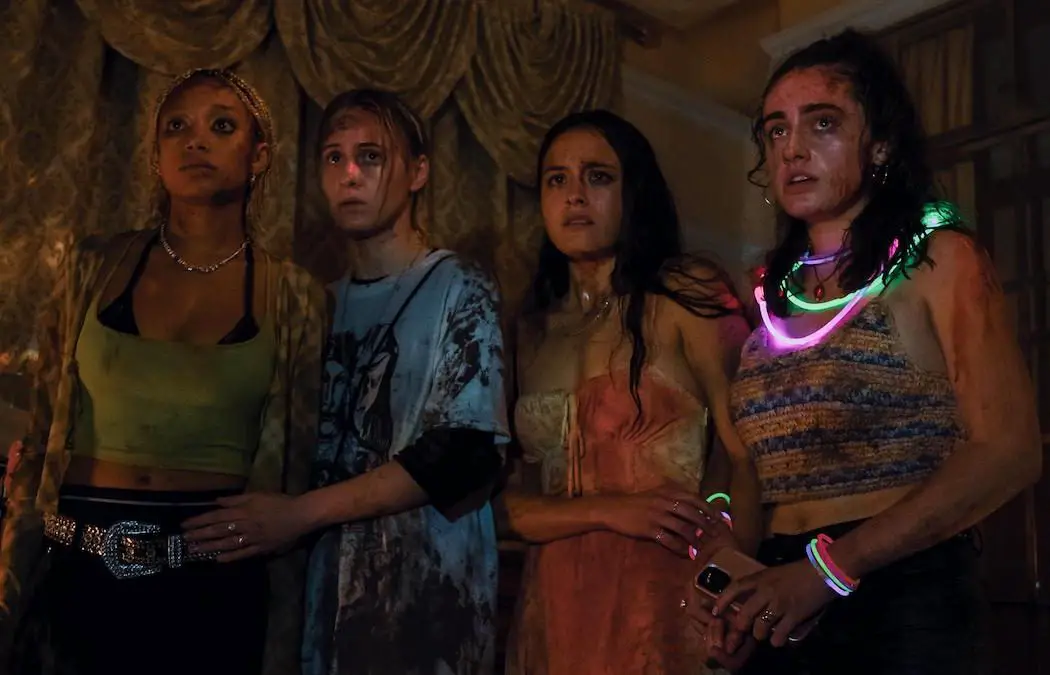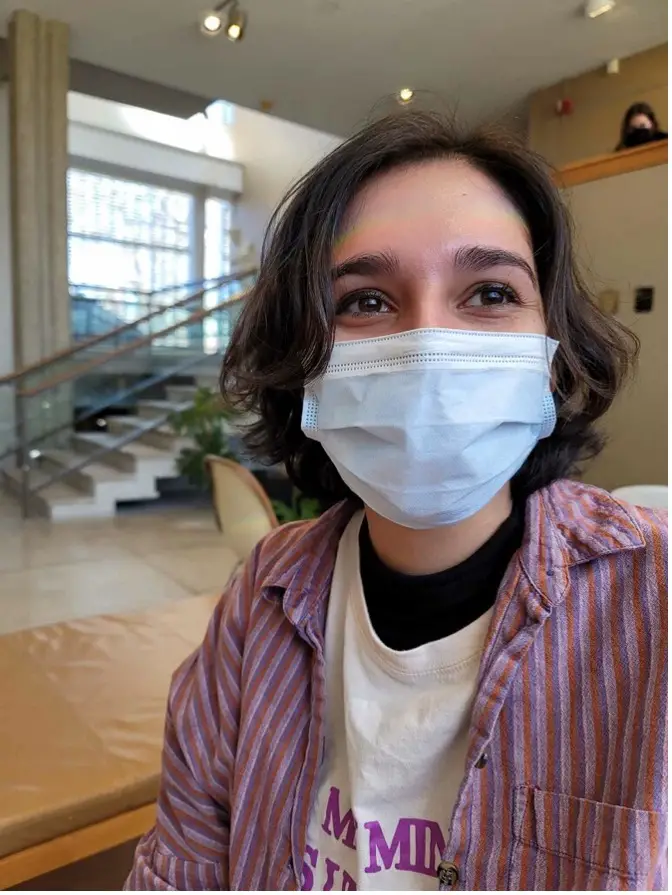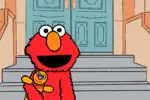A24, an American film production company with a major cult following, is known for producing independent movies that are often challenging, moving and genre-defying. You can hardly imagine “Everything Everywhere All at Once,” a movie that’s impossible to categorize and the company’s most popular film to date, being produced by anyone else. A24’s most recent release, “Bodies Bodies Bodies,” is certainly not one of the company’s best films, but it’s definitely an impressive mashup of multiple genres: thriller, horror and comedy. The movie combines these three categories to stand out on its own, not as a slasher or a mystery or a dark comedy, but as all of these things together.
“Bodies Bodies Bodies” follows a group of privileged college students who get together at one character’s family mansion to hang out for the night. From the beginning, tensions between the friends are made clear and left to simmer until the end of the film. With a big storm on its way, the group starts off by playing Bodies Bodies Bodies, a twist on the game Werewolf, replacing the werewolf with a murderer. But when actual bodies start piling up, each of the students getting killed off one by one, paranoia ensues and soon everyone starts to turn on each other.
The film finds a protagonist in Bee (Maria Bakalova), a clear outsider to the group who’s only there to be with her girlfriend, Sophie (Amandla Stenberg). Bee prefers to observe the interactions and dynamics between Sophie’s friends, but she also longs to join their closed circle, to know all of the inside jokes and be able to play along with everything naturally. There’s a scene at the start of the film where the friends are making a TikTok to some song or other, and Bee tries to dance along with them. One of them, Alice (Rachel Sennott), says airily, “Oh, do you want to join?” It’s a sadly relatable moment for anyone who’s ever felt out of place in a social environment of any kind, yet still feels the need to reach for a spot among the established.
“Bee’s … primal need to belong to a group, to be accepted, to be seen and heard and held and loved, was my own hunger for all of that,” writes director Halina Reijn in her article on A24’s website. Reijn, by infusing her own experiences with loneliness into Bee’s character, delivers a sympathetic protagonist as well as the perfect lens through which the audience observes all of the inane behaviors of this group. Heated arguments over who texted in the group chat and when; using TikToks as a method of social and emotional bonding; even slapping each other hard across the face before starting Bodies Bodies Bodies.
Interestingly enough, Bee is the only one who doesn’t perform this slap ritual adequately. While the others hit hard and fast without hesitation, she doesn’t go further than a light smack, indicating to us that Bee’s inherent empathy cannot comply with the ridicule disguised as fun that this little game represents. She is being asked, nonverbally and indirectly, to leave her own values and identity at the door and join in on what the group wants, what the group has always done.
Her decision here will either let her in or brand her as an outsider permanently. It’s a moment we’ve seen thousands of times before, both in media and in real life. And in determining Bee’s role as the outsider to this friend group, the scene also confirms the audience’s perspective: Like Bee, we are on the outside, and thus able to view these people with more objectivity. We see their degeneration as friends and as human beings with more clarity.
Artistic commentary on specific generations, whether on baby boomers, millennials or Gen Z, has always been and probably will always be difficult. It’s especially hard to nail down when the differences between these demographics are only growing due to never-ending technological and cultural shifts. Today, the discourse has become so aggressive and confusing that, if you’re online, it can start to feel like you’re going through a whirlpool, surrounded on all sides by people who are saying everything and nothing at the same time. In this environment, it’s obviously hard for creators who are not Gen Z, like Reijn and screenwriter Sarah DeLappe, to comment on Gen Z culture — no matter what, they run the risk of being dismissed by Gen Z audiences immediately. After all, there’s even a well-known meme about this exact issue.
Considering these difficulties, Reijn, DeLappe and the cast do a great job of balancing mystery, suspense and satire. Commentary is not what draws you into the story, yet it’s probably the most important element you’ll take away from it. The creators seem to understand that the foundation of an artistic narrative should not be a social critique, but rather, interesting characters and an engaging plot; critique and commentary work better as layers added to these foundational necessities, something that creators need to weave in carefully so as not to force it down viewers’ throats.
In “Bodies Bodies Bodies,” the commentary comes out almost entirely through the dialogue, in the words the characters use — “toxic,” “gaslighting,” and “trigger,” to name a few of the major Gen Z buzzwords — and in the way they treat one another throughout the film. While these characters are often annoying, narcissistic and obtuse when it comes to the emotions of others, they are nothing if not a realistic portrayal of the chronically online well-to-do zoomer. They’re most comfortable when they can apply the word “victim” to themselves and least comfortable when they have to come face-to-face with their own privilege. They’re not experiencing something unless it’s going on their Instagram story. They are Gen Z to the core.
When you lump all of this together, it might sound like this is all the movie has going for it. But again, Reijn and DeLappe know how to splice these notes of social commentary into an already solid and entertaining narrative. The murder mystery, in the vein of “And Then There Were None,” will keep you glued to your seat and constantly guessing who’s next, leading up to a darkly funny twist that hammers in the film’s message in the best possible way. “Bodies Bodies Bodies” is both intelligently crafted and good fun, while also a great example of generational satire done right.

















